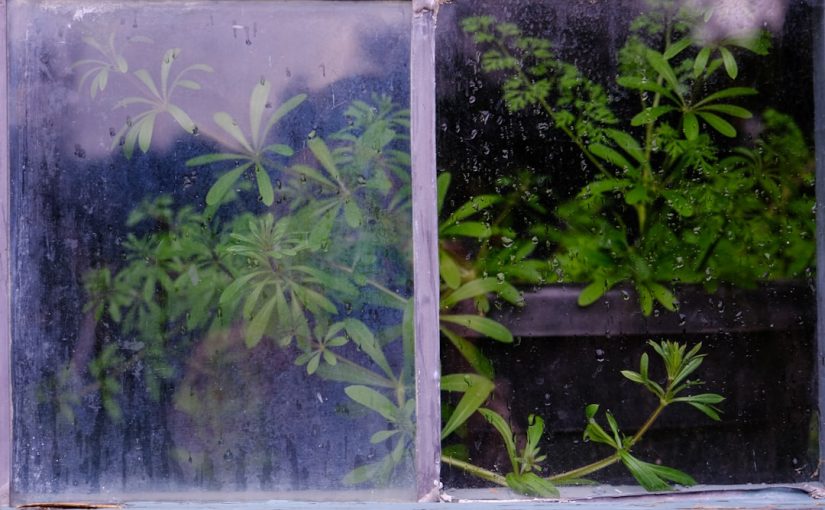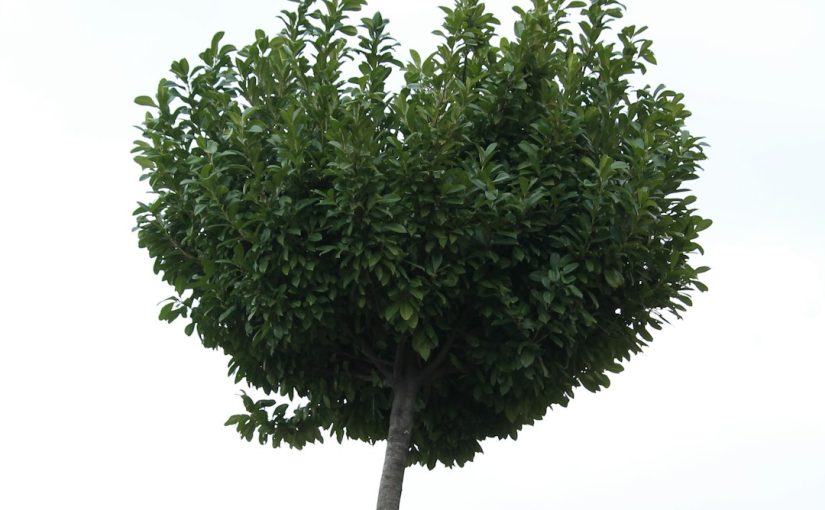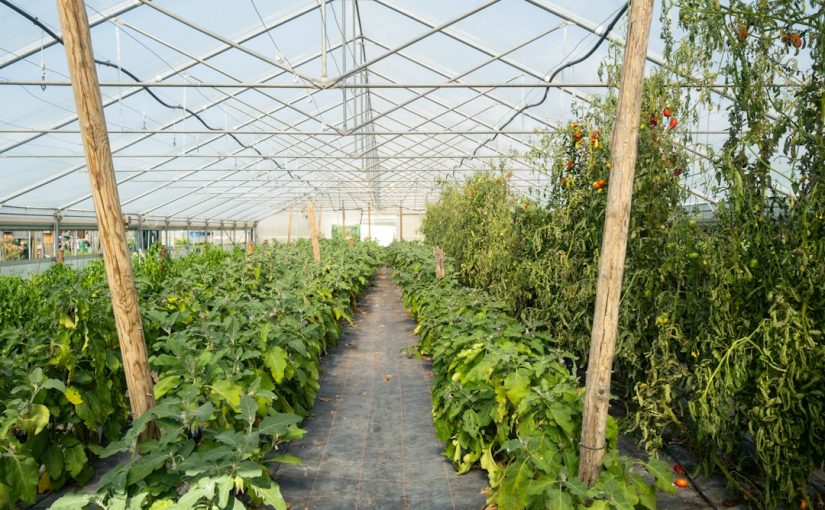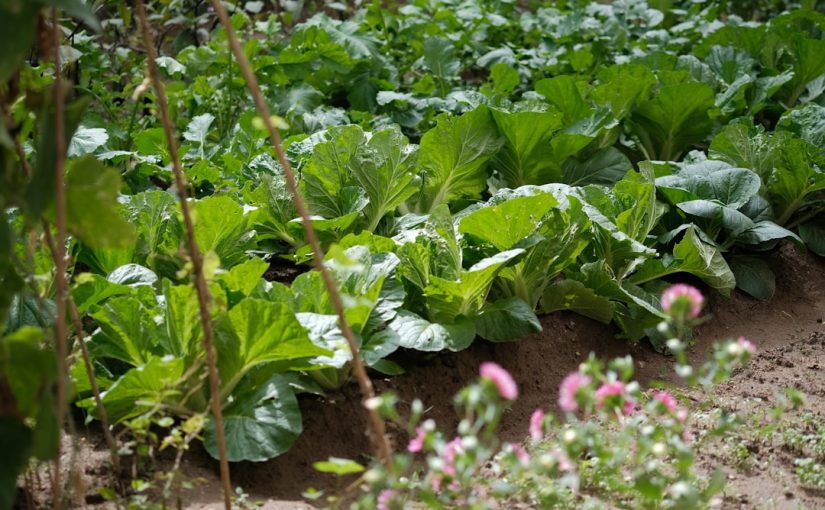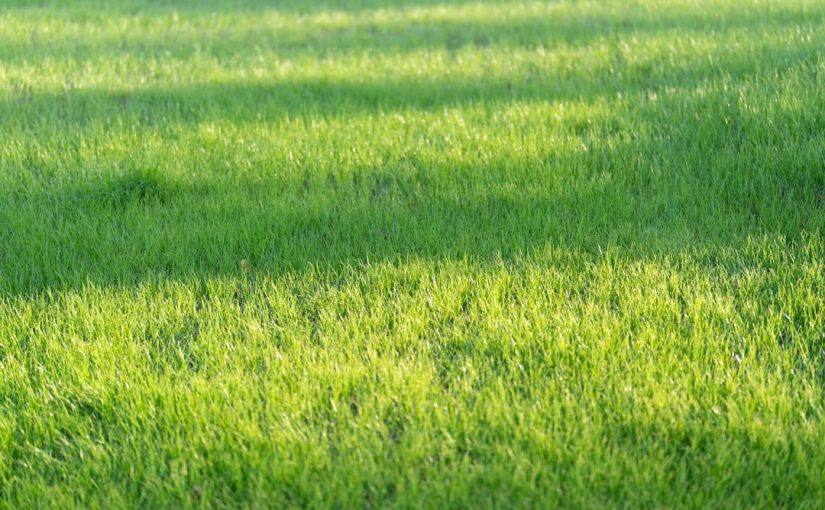Embarking on the journey of hydroponic gardening offers a unique opportunity to cultivate plants without traditional soil, providing them with a precisely delivered nutrient solution. While specialized hydroponic fertilizers are widely available, many home growers often wonder if common, accessible products like Miracle-Gro can effectively serve this purpose. This article delves into the intricacies of utilizing Miracle-Gro as a hydroponic solution, exploring its suitability, formulation considerations, and best practices for successful application. We will uncover how to adapt this popular brand for soilless growing, ensuring your plants receive the vital nutrients they need to thrive. Discover the steps involved in crafting an effective nutrient mix, managing pH levels, and achieving robust growth with a product you might already have on hand.… Read the rest
分类: Plant
Why Is My Cedar Tree Dying from the Top Down?
Observing a majestic cedar tree begin to decline from its crown downward can be an alarming sight for any homeowner or land steward. This specific pattern of dieback, where the highest branches and tips of the tree show signs of stress and eventual death before progressing downwards, often signals a serious underlying issue. Unlike general wilting or discoloration, top-down decline points to particular vulnerabilities or challenges the tree is facing, potentially affecting its ability to transport water and nutrients efficiently. Understanding the root causes of this phenomenon is crucial for effective intervention and to potentially save your valuable cedar. This article will explore the primary reasons why cedar trees exhibit this concerning symptom, from environmental stressors to pests and diseases, and offer insights into preventative measures and solutions.… Read the rest
Is a Cedar Tree Toxic to a Dog?
As pet owners, we constantly strive to create a safe and nurturing environment for our beloved canine companions. This often involves scrutinizing everything from their food to the plants in our gardens. A common question that arises, particularly for those with cedar trees nearby or considering landscaping, is whether these aromatic evergreens pose a threat to dogs. The answer, as with many things in toxicology, isn’t a simple yes or no, but rather a nuanced explanation that differentiates between various forms of cedar exposure and individual pet sensitivities. This article aims to delve deep into the topic, separating fact from common misconception, to provide you with a comprehensive understanding of cedar trees and their potential impact on your dog’s health.… Read the rest
How to Make a Lawn Mower Higher Off the Ground
A well-maintained lawn is the pride of many homeowners, and a crucial aspect of lawn care is ensuring your grass is cut to the optimal height. Mowing your lawn too short, a practice often referred to as “scalping,” can severely stress the grass, making it more susceptible to weeds, pests, and disease. Conversely, allowing your grass to grow too long can also lead to issues like matting and uneven growth. The ideal mowing height varies depending on your grass type, local climate, and the season. Learning how to effectively raise your lawn mower’s cutting height can be a game-changer for achieving a healthier, lusher lawn.… Read the rest
Trees With Thorns in New York: A Identification Guide
New York State, renowned for its diverse ecosystems and verdant landscapes, harbors a surprising array of trees that come equipped with natural defenses: thorns. From bustling urban parks to tranquil wilderness trails, encountering a thorny tree is not uncommon, making accurate identification a valuable skill. Whether you’re a nature enthusiast, a homeowner, or simply curious, understanding which trees sport these sharp protrusions is essential for safety, landscaping decisions, and appreciating the intricacies of our local flora. This guide will delve into the various species of thorny trees found across New York, offering detailed insights into their distinguishing features and ecological roles, helping you confidently identify these often-misunderstood arboreal residents.… Read the rest
Homemade Solution to Kill Thistles in Your Garden
The persistent presence of thistles can transform a cherished garden into a thorny battleground. These resilient weeds, with their deep taproots and formidable defenses, are notorious for quickly spreading and outcompeting desired plants. While commercial herbicides offer a swift, albeit often chemical-laden, solution, many gardeners are increasingly seeking environmentally friendly alternatives. The good news is that harnessing the power of everyday household ingredients can provide effective, non-toxic ways to reclaim your garden. This article will delve into practical, homemade solutions to kill thistles, focusing on natural methods that prioritize both garden health and ecological balance, helping you maintain a beautiful and thriving outdoor space without harsh chemicals.… Read the rest
How to Make Homemade Rosemary Herb Fertilizer
Cultivating a thriving garden often involves seeking natural, sustainable ways to nourish your plants. While commercial fertilizers abound, the appeal of crafting your own nutrient solutions from common herbs like rosemary is growing. This versatile herb, not just a culinary delight, holds incredible potential for boosting plant health and vitality right in your backyard. Making homemade rosemary herb fertilizer is a simple, cost-effective, and environmentally friendly approach to gardening that harnesses the inherent beneficial properties of this aromatic plant. Throughout this article, we’ll delve into the remarkable advantages rosemary offers your garden, guide you through the effortless process of preparing your own herbal fertilizer, and provide practical tips for its application to ensure your plants flourish.… Read the rest
Can Sand Help Prevent a Muddy Lawn?
A lush, green lawn is often the pride of a homeowner, but that vision can quickly turn to frustration when the ground becomes a soggy, muddy mess. Muddy lawns are not only unsightly; they can be difficult to walk on, track dirt indoors, and even harbor pests. The common culprit is poor drainage, leading many to seek quick fixes. One frequently debated solution is the application of sand. The idea that adding sand can magically solve waterlogging issues has circulated for years, but is there scientific backing to this popular notion? This article will delve into the effectiveness of using sand to prevent a muddy lawn, exploring the underlying causes of poor drainage, the theoretical benefits of sand, and crucially, its potential drawbacks and more effective alternatives.… Read the rest
Which Way Do Mower Blades Go On? A Simple Guide
For anyone who’s ever had to replace a lawn mower blade, the question inevitably arises: “Which way does this thing go on?” It’s a common moment of hesitation that can leave even experienced homeowners scratching their heads. While it might seem like a minor detail, correctly orienting your mower blade is absolutely critical, not just for achieving that perfectly manicured lawn, but also for the efficiency, safety, and longevity of your equipment. Installing a blade incorrectly can lead to a host of problems, from uneven cuts and damaged grass to undue stress on your mower’s engine and even potential hazards. This guide will demystify the process, walking you through the simple principles and visual cues that ensure your blade is always installed the right way up, every time.… Read the rest
Is Leucophyllum Frutescens Poisonous to Dogs?
As devoted pet owners, the safety of our furry companions is a paramount concern, especially when it comes to their environment. Gardens and yards, while beautiful additions to our homes, can sometimes harbor hidden dangers in the form of certain plants. One such plant, frequently found gracing arid landscapes and drought-tolerant gardens, is the lovely Leucophyllum frutescens, commonly known as Texas Sage. Its silvery foliage and vibrant purple blooms make it a popular choice for many. However, its widespread presence naturally leads conscientious dog owners to ponder: Is Leucophyllum frutescens poisonous to dogs? This article aims to delve into the specific toxicity, potential risks, and best practices for pet owners regarding this common and resilient shrub.… Read the rest
